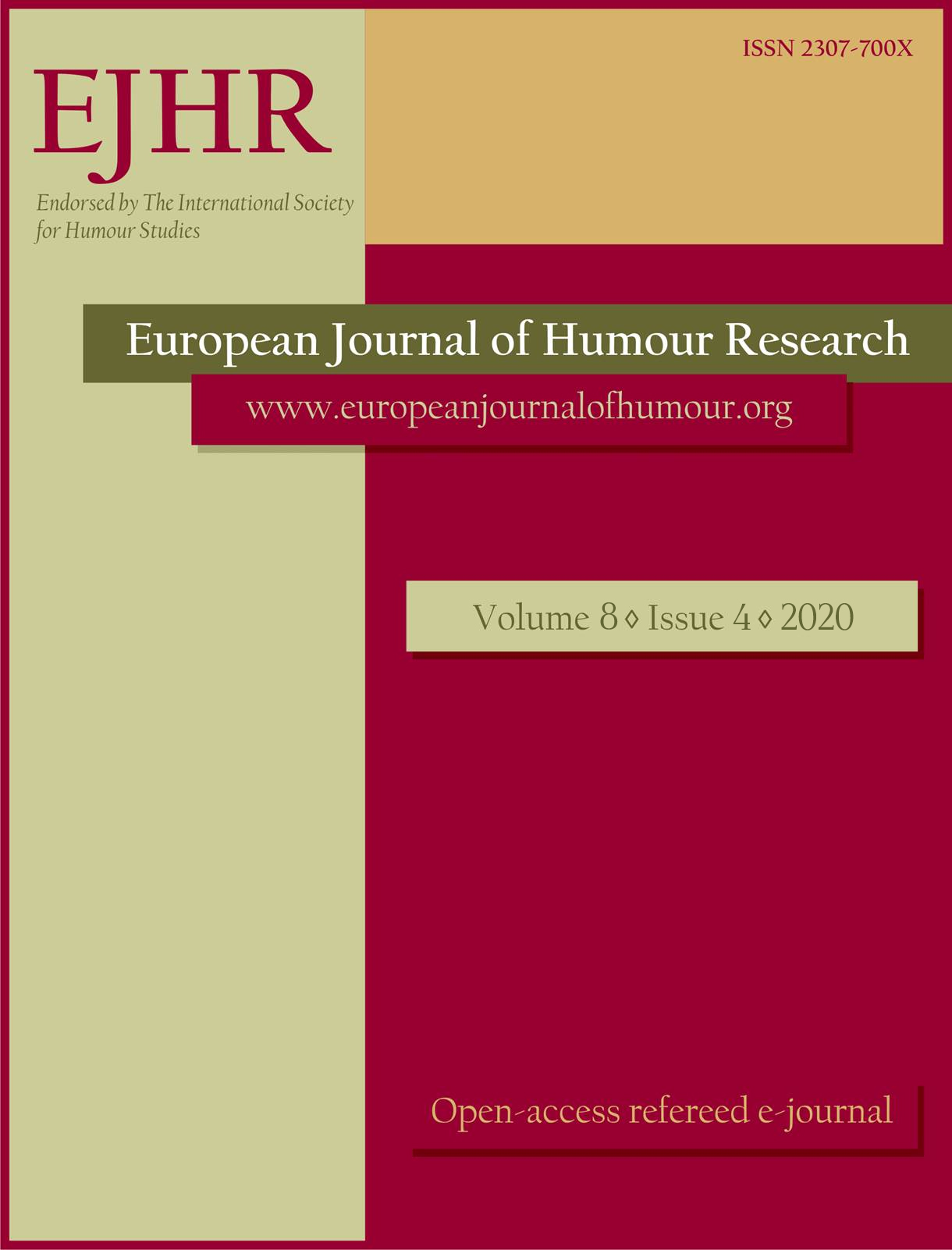Children’s development of humour in everyday interactions
Children’s development of humour in everyday interactions
Two case-studies in French and Brazilian Portuguese
Author(s): Alessandra Del Re, Christelle Dodane, Aliyah Morgenstern, Alessandra VieiraSubject(s): Anthropology, Communication studies, Pragmatics, Comparative Linguistics, Social development, Sociology of Culture
Published by: Krakowskie Towarzystwo Popularyzowania Wiedzy o Komunikacji Językowej Tertium
Keywords: Humour; Children; French; Brazilian; Development; Microculture;
Summary/Abstract: In order to understand how children learn to recognize and use humor in their own cultural environment, we have chosen to study their production in two different languages and cultures. We studied a French-speaking monolingual child and a Brazilian Portuguese-speaking child, video-recorded once a month up to seven years old. The detailed multimodal linguistic coding of our data enabled us to draw the multimodal paths the two children followed from the first instances of shared amusement initiated by the adult, expressed mainly through reactive behavior such as laughing, to the children’s own verbal production of successful humor in dialogue. Our study demonstrates that the production of children’s humor is closely linked to the family input (their micro-culture), and to children’s multimodal linguistic and meta-cognitive development. We did not observe important differences between the two children at the macro-cultural level, but there were noticeable inter-individual differences.
Journal: The European Journal of Humour Research
- Issue Year: 8/2020
- Issue No: 4
- Page Range: 112-131
- Page Count: 20
- Language: English

